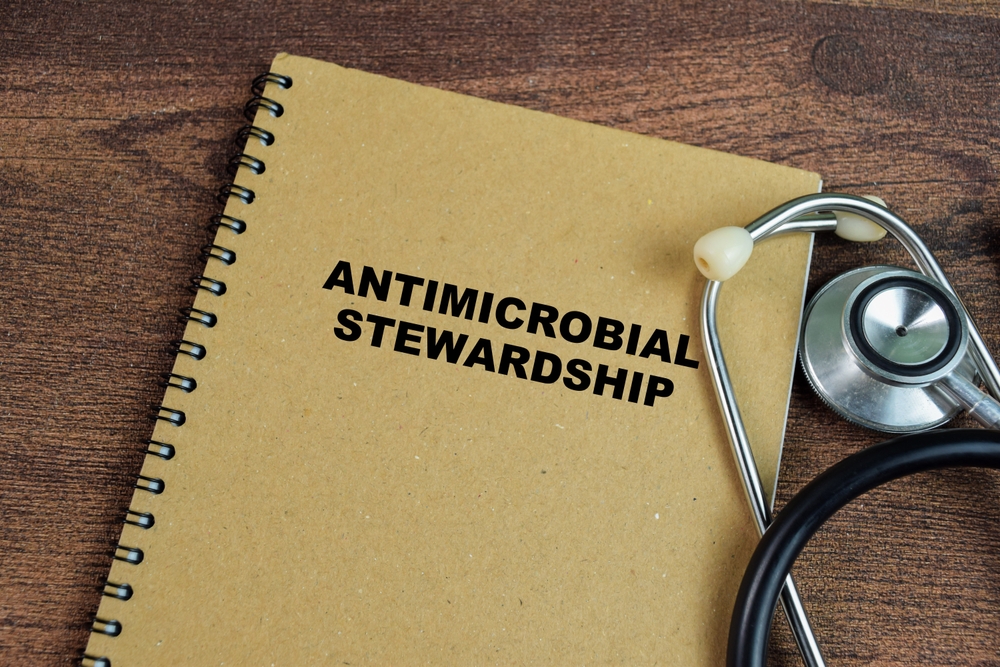Source: mSphere
Ionophores are antibiotics widely used in animal agriculture, primarily as anti-coccidials in poultry and growth promoters in swine and cattle. Although not used in human medicine, it was long assumed their use posed minimal risk for human antimicrobial resistance (AMR). However, this study shows that ionophore resistance genes narA and narB are globally distributed across 2,442 isolates from 51 countries, including over 500 from humans. These genes, often found in Enterococcus faecium and E. faecalis, are frequently linked with resistance to medically important antibiotics, such as vancomycin, erythromycin, and tetracycline.
On average, narAB-positive isolates carried more than 10 additional AMR determinants. Statistical analyses revealed strong associations between narAB and other AMR genes, suggesting genetic linkage and co-selection. These findings challenge previous assumptions and highlight that ionophore use in agriculture may indirectly contribute to human-relevant AMR, emphasizing the need for more careful monitoring and potential regulatory reconsideration of their use.
Read the full story HERE: https://journals.asm.org/doi/10.1128/msphere.00243-25

